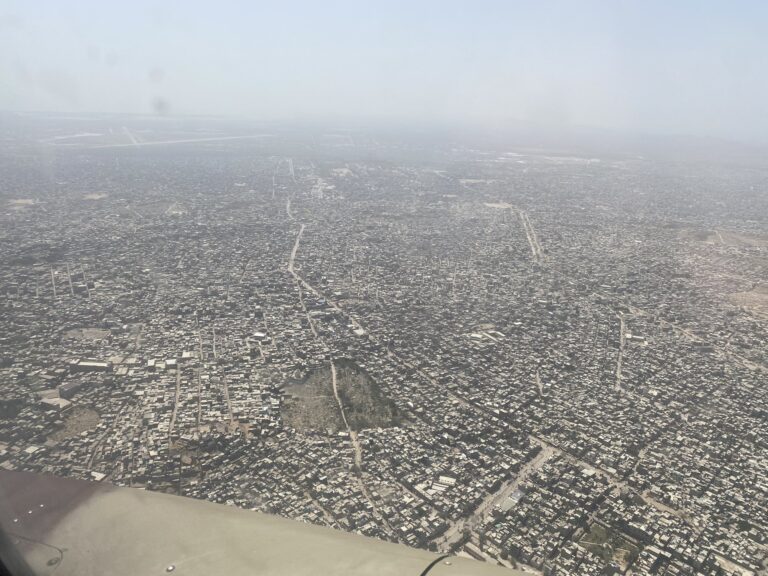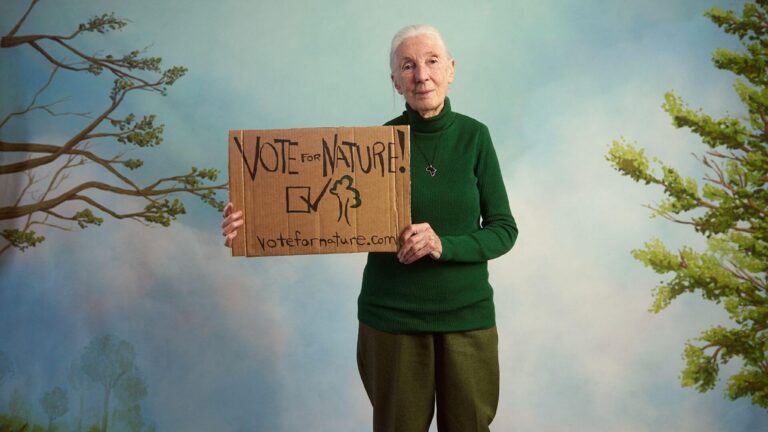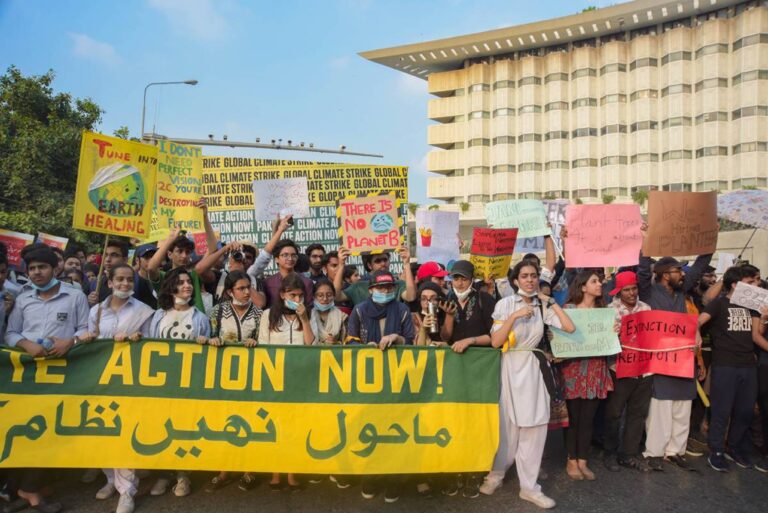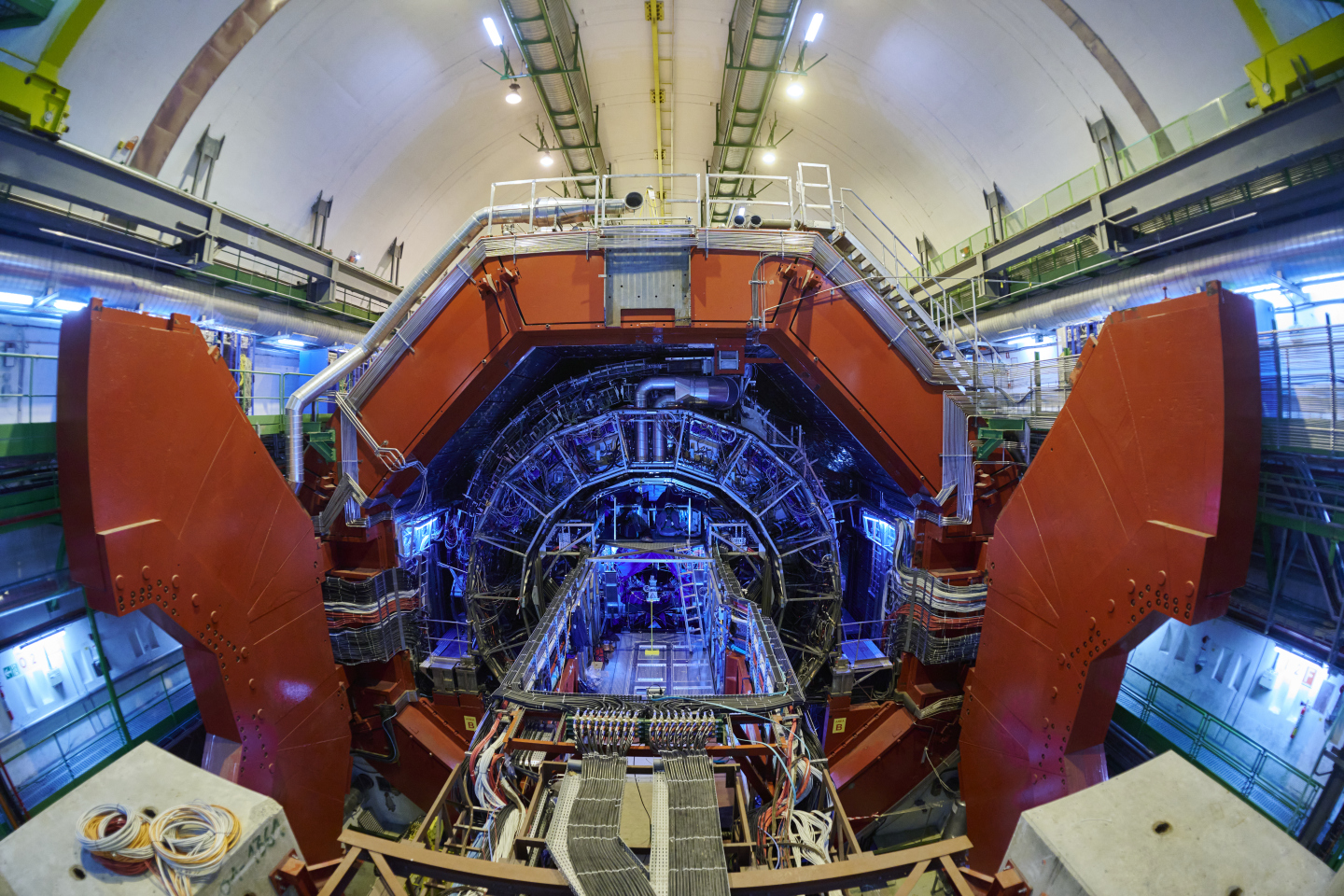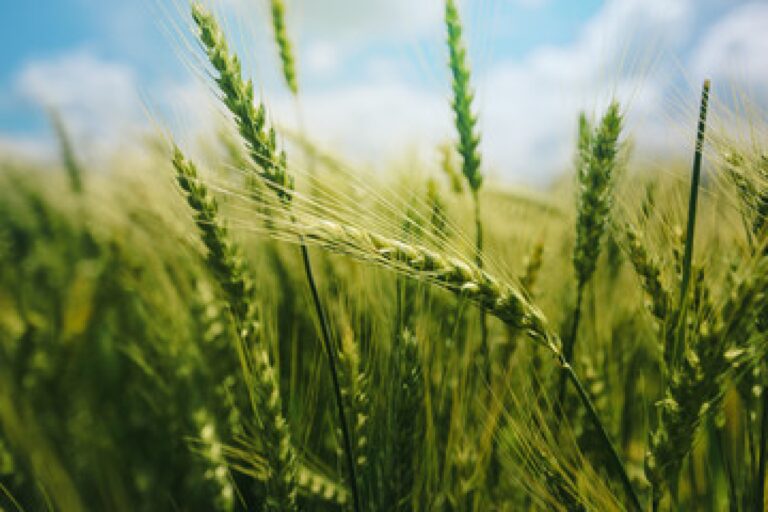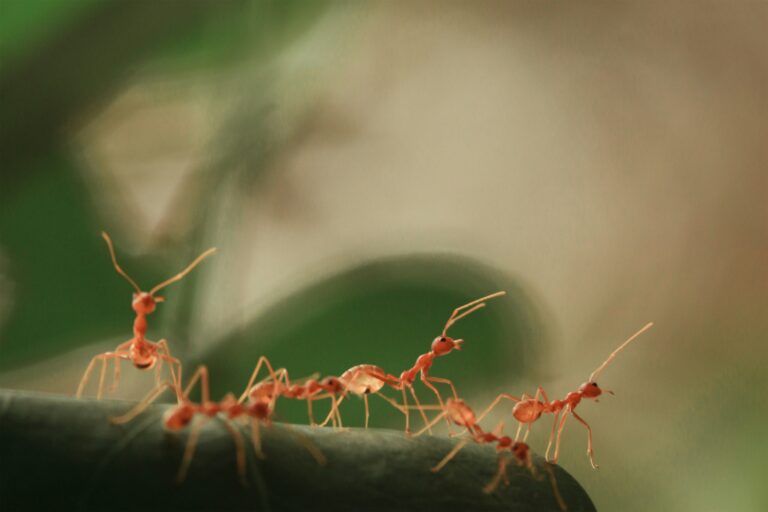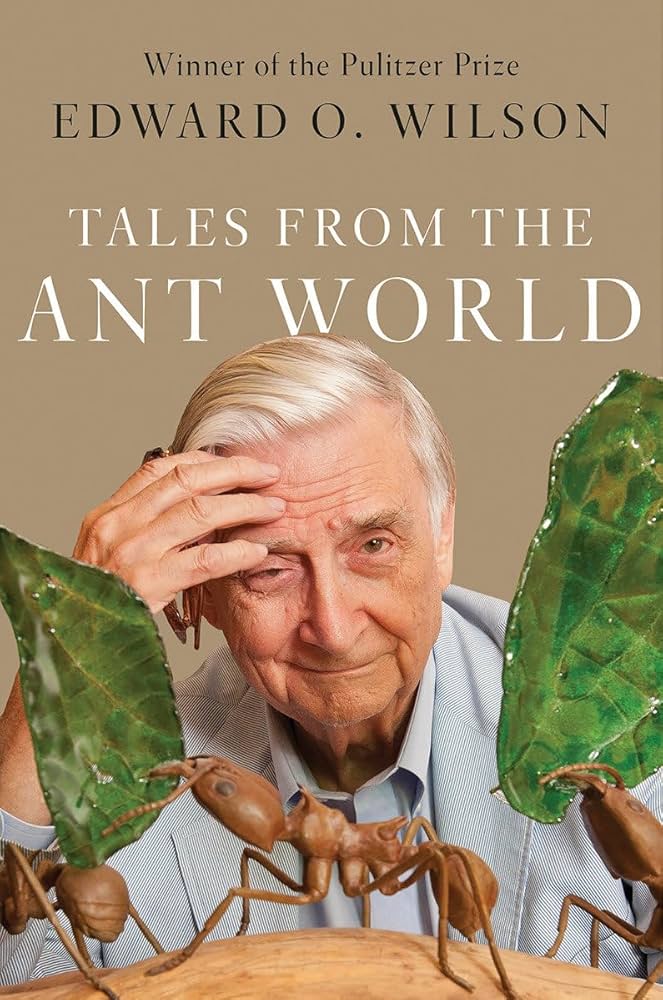When we picture humanity’s future among the stars, the images are often bold and familiar: astronauts treading across the rusty plains of Mars, glittering domes rising on the Moon, or massive spacecraft funded by space giants like NASA, ESA, or CNSA. These visions spark awe and excitement, but they also tend to leave much of the world out of the frame.
For many developing countries, the story is very different, where daily life can mean coping with rolling blackouts, navigating fragile healthcare systems, or struggling through gaps in education. In such places, the dream of space colonization often feels impossibly far away and something that belongs to wealthier nations with deep pockets and advanced technologies.
Yet, the question that refuses to fade is this: should the stars really be the privilege of a few, or can nations still fighting battles here on Earth also play a meaningful role in building humanity’s future beyond it?
The answer, though complex, is not a simple “NO.” While the barriers are undeniably steep, new opportunities in the growing space economy and the spirit of international collaboration are beginning to unlock doors that once seemed firmly shut. For nations like Pakistan, Bangladesh, Nigeria, or even India, before their remarkable breakthroughs, the true challenge is finding a balance in meeting urgent needs on the ground while still daring to look upward.
Barriers That Hold Developing Nations Back
The first and most visible obstacle is cost. Running a space program is not just about science; it is about sustaining billions of dollars in investments year after year. For developing nations, those same resources are often needed for urgent priorities like education, healthcare, and poverty reduction.
Putting things into perspective, Pakistan spends less than 1% of its GDP on research and development, while NASA alone operates with an annual budget of more than $25 billion. With such disparities, it is no surprise that agencies like Pakistan’s Space and Upper Atmosphere Research Commission (SUPARCO) struggle to compete on a global scale.
Infrastructure is another steep challenge. Many developing countries lack rocket launch pads, advanced laboratories, and training institutes that can nurture a skilled space workforce. This gap forces them to rely on international partners for the most critical steps. For instance, Pakistan’s PRSS-1 satellite reached orbit through China’s assistance, while Bangladesh’s Bangabandhu-1 satellite was launched aboard a SpaceX rocket. These partnerships are valuable, but they also highlight a dependence that slows the journey toward self-sufficiency.
Then there is the issue of policy. Space exploration isn’t only about technology; it also depends on strong legal and institutional frameworks. Without clear rules on space technology, data rights, and safety standards, investment remains uncertain and innovation often stalls. For nations with limited governance capacity, building this foundation is a difficult but essential step toward attracting private investment and creating sustainable space ventures.
Emerging Opportunities in the Space Economy
Despite these obstacles, the global space landscape is shifting in ways that create real openings for developing nations. The emerging space economy is breaking down old barriers and creating new pathways for participation. Lower launch costs, driven by reusable rockets and innovations from companies like SpaceX and Rocket Lab, mean that access to orbit is no longer reserved for wealthy nations.
What once required massive government budgets can now be achieved at a fraction of the cost, giving developing countries the ability to pursue satellite programs and space research with realistic financial commitments.
Ride-sharing rockets and shared missions further expand these opportunities. Instead of funding entire launches, smaller nations can now send satellites or experiments into orbit as part of multi-cargo missions. This collaborative approach not only saves money but also strengthens international partnerships. Universities, student groups, and research centers in developing countries are increasingly able to send CubeSats and other small payloads into space, often in coordination with global partners.
Beyond simply accessing space, developing countries are finding vocations where they can make specialized contributions. From providing ground-station networks and data processing services to developing satellite applications for agriculture, disaster management, and climate monitoring, these nations are carving out roles that align with their domestic priorities. By focusing on such targeted contributions, countries across South Asia, Africa, and Latin America are proving that participation in the space economy does not depend solely on rocket ownership but also depends on innovation, adaptability, and the ability to meet global needs.
“Perhaps the first crops grown on Mars will be tended not by a superpower, but by a scientist whose education was shaped in Dhaka or Lahore.”
Why Collaboration Is Essential
If the future of space habitats is to be truly inclusive, collaboration must be at its heart. The cost of colonizing Mars or building lunar cities is far too great for any single nation, and for developing countries, partnerships are not just helpful, but they are the only realistic path forward. International frameworks like the Outer Space Treaty already describe space as “the province of all humankind,” but turning that principle into reality will depend on whether leading agencies such as NASA, ESA, CNSA, and ISRO actively broaden access to research, data, and training.
In recent years, several developing countries have stepped into space exploration through authentic collaborations and contracts with more established partners. Pakistan offers one of the most notable examples.
In February 2025, its space agency, SUPARCO, signed a landmark agreement with China’s space authorities to train two Pakistani astronauts. Under this arrangement, one of them will be selected as a payload specialist to take part in a mission to China’s Tiangong Space Station, making Pakistan the first foreign nation to officially join China’s astronaut training programme. This move not only symbolizes Pakistan’s entry into human spaceflight but also shows how strategic partnerships can compensate for the absence of domestic infrastructure.
On a global scale, the United Nations’ Human Space Technology Initiative (HSTI) has provided another collaborative platform. This programme seeks to involve non-spacefaring nations in human spaceflight activities through workshops, educational tools, and microgravity experiments. By lowering barriers to entry, the UN initiative creates opportunities for countries that lack their own space agencies to still participate in space science and exploration.

Why It Matters for Developing Nations
Critics often argue that countries struggling with poverty, fragile healthcare, or underfunded education systems should fix problems at home before turning their gaze to the stars. But this view overlooks a crucial fact: many of the very technologies that improve lives on Earth were born out of space research. From water purification systems and solar panels to medical imaging devices, satellite communications, and disaster prediction tools, innovations designed for space have become lifelines for communities across the Global South.
Across developing nations, the benefits are already visible. In Pakistan, Earth-observation satellites support flood monitoring, agricultural planning, and climate tracking are helpful for long-term survival. In Bangladesh, satellite data has strengthened disaster preparedness in one of the most flood-prone regions in the world, saving lives during cyclones and monsoon seasons.
Nigeria, through its NigeriaSat program, uses satellites to improve urban planning, monitor deforestation, and aid in disaster response. These examples make one thing clear that investing in space is not a luxury. It is a strategic choice that addresses urgent local needs while linking nations to the pulse of global innovation.
And there is also a deeper, moral question of equity. If only wealthy nations dominate the creation of space habitats, humanity risks exporting the same inequalities that divide us on Earth into the cosmos. Giving developing countries from South Asia to Africa to Latin America a genuine stake in space ensures that the rewards of exploration flow across the globe. The future among the stars cannot be reserved for a privileged few; it must be shaped as a shared journey. Only then will space truly become, as the treaties promise, the province of all humankind.
A Shared Journey Beyond Earth
The race to build space habitats does not need to be a race of exclusion. As launch costs continue to fall, as private-sector opportunities multiply, and as international cooperation expands, developing nations can find their place in humanity’s shared journey.
Perhaps the first crops grown on Mars will be tended not by a superpower, but by a scientist whose education was shaped in Dhaka or Lahore. Perhaps the innovations needed to sustain life in orbit will come from the creativity of students in Nairobi or Kathmandu. The stars may seem distant, but the path to them is being reshaped in ways that can bring the whole world along.
The “space habitat race” does not have to be a race of exclusion. With falling launch costs, private-sector innovation, and meaningful international collaboration, developing countries can stake their claim in humanity’s cosmic future. If our journey beyond Earth is to succeed, it must reflect the diversity, resilience, and shared destiny of the people who call Earth home.
References:
- European Space Agency. (n.d.). The Outer Space Treaty. Retrieved from https://www.esa.int/Enabling_Support/Space_Law/The_Outer_Space_Treaty
- Kassen, M. (2019). Developing countries and space: The new frontier for development? Space Policy, 47, 1–5. https://doi.org/10.1016/j.spacepol.2018.11.002
- Malik, A. (2025, February 19). Pakistan inks deal with China for astronaut training under Tiangong programme. Dawn News. Retrieved from https://www.dawn.com
- National Aeronautics and Space Administration. (2024). NASA budget estimates for fiscal year 2025. Retrieved from https://www.nasa.gov
- United Nations Office for Outer Space Affairs. (n.d.). Human Space Technology Initiative (HSTI). Retrieved from https://www.unoosa.org
- SpaceX. (2018, May 11). Bangabandhu-1 Mission. Retrieved from https://www.spacex.com
- World Bank. (2023). Research and development expenditure (% of GDP) – Pakistan. World Development Indicators. Retrieved from https://data.worldbank.org
More from the Author: Revolutionizing recovery: How robotics are transforming rehabilitation


